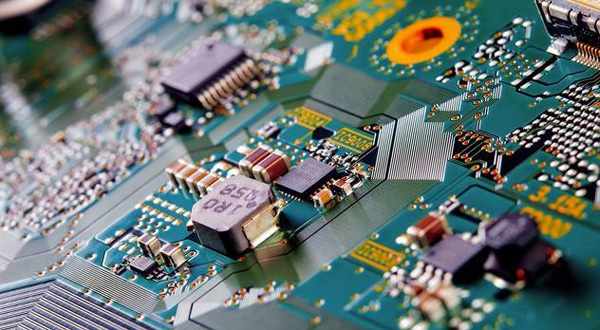What is the osp process?

OSP stands for Organic Solderability Preservatives, which is a lead-free surface treatment process suitable for PCB manufacturing. The OSP process protects the copper layer on the PCB surface by forming a layer of organic protective film, which prevents oxidation and corrosion and improves the reliability of soldering.
In the OSP process, the PCB surface is first cleaned, and then a layer of organic protective film is formed on the surface. This protective film can resist oxidation, corrosion, and contamination, and also provides a good soldering surface. The organic protective film is a very thin material, usually only a few micrometers thick, so it does not affect the performance of the PCB.
The OSP process has many advantages. Firstly, it is a lead-free process that meets environmental requirements. Secondly, it can improve the reliability and quality of soldering, reducing the occurrence of soldering defects. In addition, the OSP process can improve the corrosion resistance and oxidation resistance of PCBs, extending their service life.
However, the OSP process also has some drawbacks. Firstly, due to the thinness of the organic protective film, it is vulnerable to damage during the manufacturing process. Secondly, the presence of the protective film makes the OSP process less heat-resistant and less durable. In addition, different OSP processes have differences in the composition of the protective film.
Overall, the OSP process is a commonly used surface treatment process that can improve the reliability and quality of soldering. Choosing the appropriate surface treatment process is critical during PCB assembly to ensure the performance and quality of the PCB.

